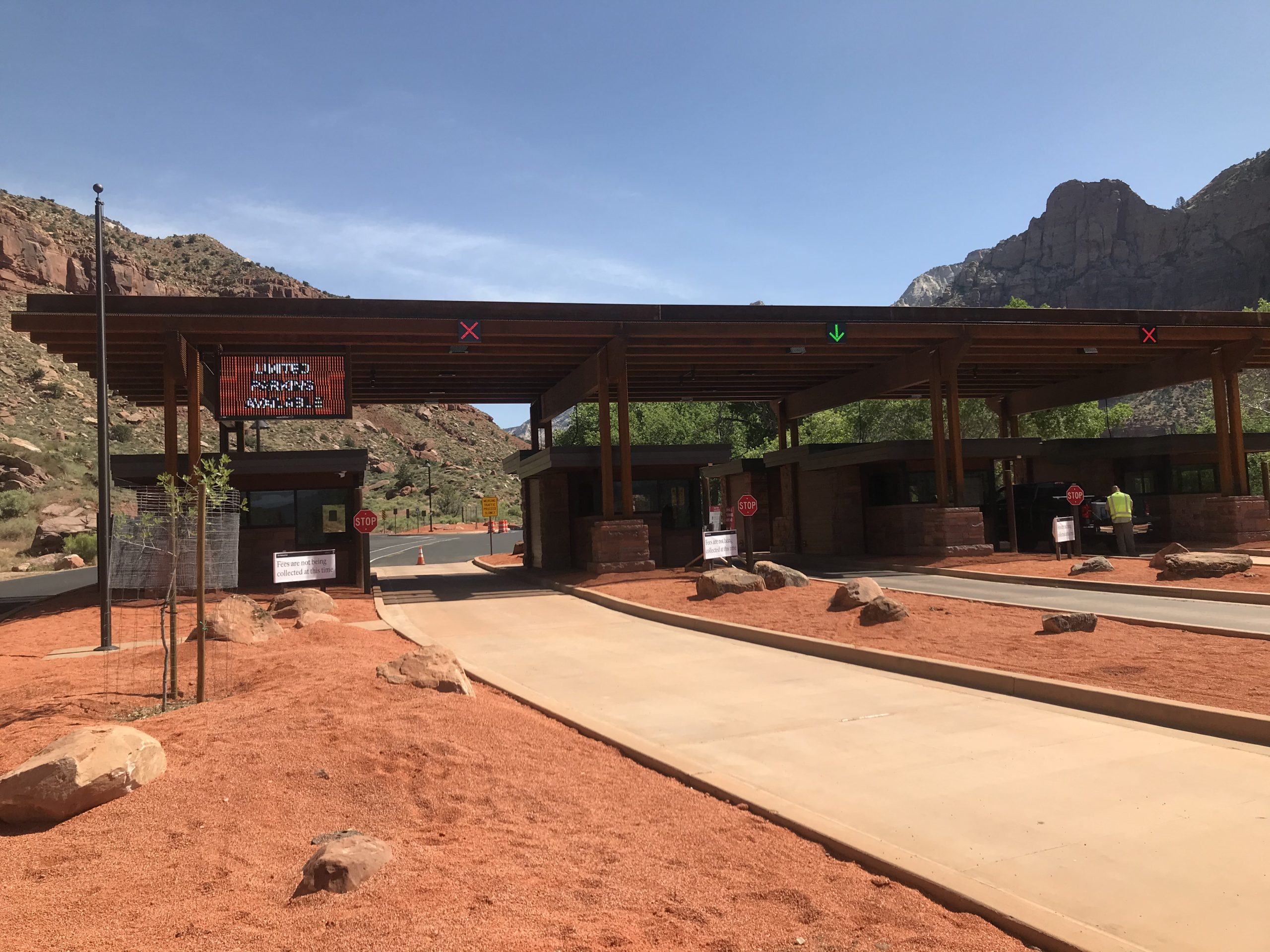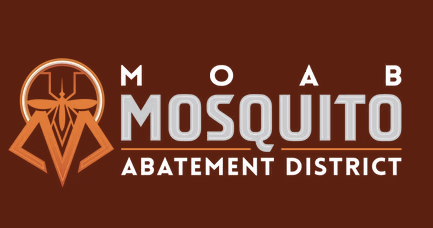Some information may be outdated.
Many eyes were on Zion National Park and other recreational areas during the Memorial Day weekend to see evidence of how limited park operations during the COVID-19 pandemic can address a busy holiday season. Limited operations restrained the usual overcrowding, but concerns remain about how to maintain safety precautions during the continuing global health crisis.
Zion National Park reopened earlier this month along with several other national parks and monuments, part of an ongoing push to reopen local and national economies after weeks of closure due to a national response to COVID-19. Arches and Canyonlands national parks are set to partially open later this week.
In 2018, over 86,000 people visited Zion National Park on Memorial Day, with hours-long lines of visitors waiting for the park shuttle or to ascend the narrow upper sections on the popular Angels Landing hike.
However this year, the shuttle and the top of the Angels Landing hike are closed and visitation is limited, largely by the availability of parking spaces near the most popular trails.
The park’s shuttle service remains closed and the National Park Service has been turning away visitors from the Scenic Drive (where the lodge and the most popular trails are) once parking is full.
On Saturday, the Scenic Drive was full by 6:30 a.m., and the rest of the parking by 11 a.m., according to the Zion National Park Twitter account.
“You need to either get here early or plan for an afternoon arrival, say three o’clock, and by then some people are clearing out,” Said Jeff Axel, the Public Information Officer for Zion. “The other main thing we’d recommend for folks that are going to come our way is that they need to have alternate plans in the area.”
In response, some visitors tried walking along the road to get to trails, with emergency services being called after some overextended themselves while walking the hot road in full sun.
Concerns remain amid crowding
The National Park Service and other organizations have stressed that visitors must take responsibility for proper safety precautions, but that leaves some park workers in a tough position when tourists choose not to wear masks or respect recommendations.
Although most of the visitor center remains closed, the bookstore run by the Zion Forever project has reopened.
One store employee, who chose to remain anonymous to protect his employment, commented that while the business has taken every precaution “it starts to feel like an illusion of safety when the majority of people walking into our store are not wearing face masks or trying to socially distance from other groups around them.”
“It’s a two-way street that feels pretty one-sided right now,” the employee said. “It seems like if we could get the public on board with safer measures businesses are trying to implement, reopening could feel much safer and successful.”
Over the holiday weekend, nearly 1200 people per day came into the Zion Forever bookstore, more than double the daily numbers for the previous week.
“Health and safety is everyone’s responsibility,” said Superintendent Jeff Bradybaugh, who urged visitors to use proper hygiene practices.
Rob Arnberger, former superintendent of Grand Canyon National Park and retired regional director of National Parks in Alaska, thinks that is naive.
“It simply defies logic and human behavior to think that people who have traveled long distances to see the Canyon will not park and stand in clusters at popular overlooks, or traverse the same trails, bringing them in close contact to each other,” Arnberger wrote in an Arizona Republic op-ed column opposing the reopening of the Grand Canyon. Arnberger noted that this posed a risk to park workers and surrounding communities.
“The inconsistencies among national parks as they undertake the ill-advised process of reopening is utterly mind-boggling and defies rational explanation,” he wrote.
State Parks Brace For National Park Pourover
With limited access to the National Parks in the area, many tourists are instead heading to nearby Utah State Parks, which have been open since the end of April.
Sand Hollow State Park, which was initially flooded with visitation including a line of cars two miles long waiting to get in, has also implemented visitation restrictions in response to the need for social distancing and minimal public contact.
Sand Hollow is not currently allowing camping on the beach, as they’ve done in the past.
“One reason we discontinued beach camping for right now is to accommodate the daytime crowd,” said Jonathan Hunt, the Sand Hollow Park Manager. “There will be more people, but they’ll go home at night, instead of spending twenty-four hours around strangers in a sleeping environment. It also allows us to keep the facilities cleaner.”
Hunt said he isn’t worried about the added risk of COVID-19 for his staff. “Our teams will come prepared. We are ready to handle people appropriately.”
Staying safe as cases in southern Utah increase
Much of Utah remains under “yellow” COVID-19 directives, which means that according to the Utah Department of Health the risk is “low.” Still, in the past week the number of positive COVID-19 cases in Southwest Utah has grown by nearly 50%. Most of the cases are in Washington County, where St. George and most of Zion National Park sits.
Still, federal, state and local officials direct visitors and Utahns alike to continue practicing precautions to prevent the spread of COVID-19. The best means of avoiding COVID-19 infection are still through a combination of social distancing six or more feet from people not in your household, wearing a face covering and frequent hand washing.
Have safety concerns been addressed?
Appreciate the coverage? Help keep local news alive.
Chip in to support the Moab Sun News.




